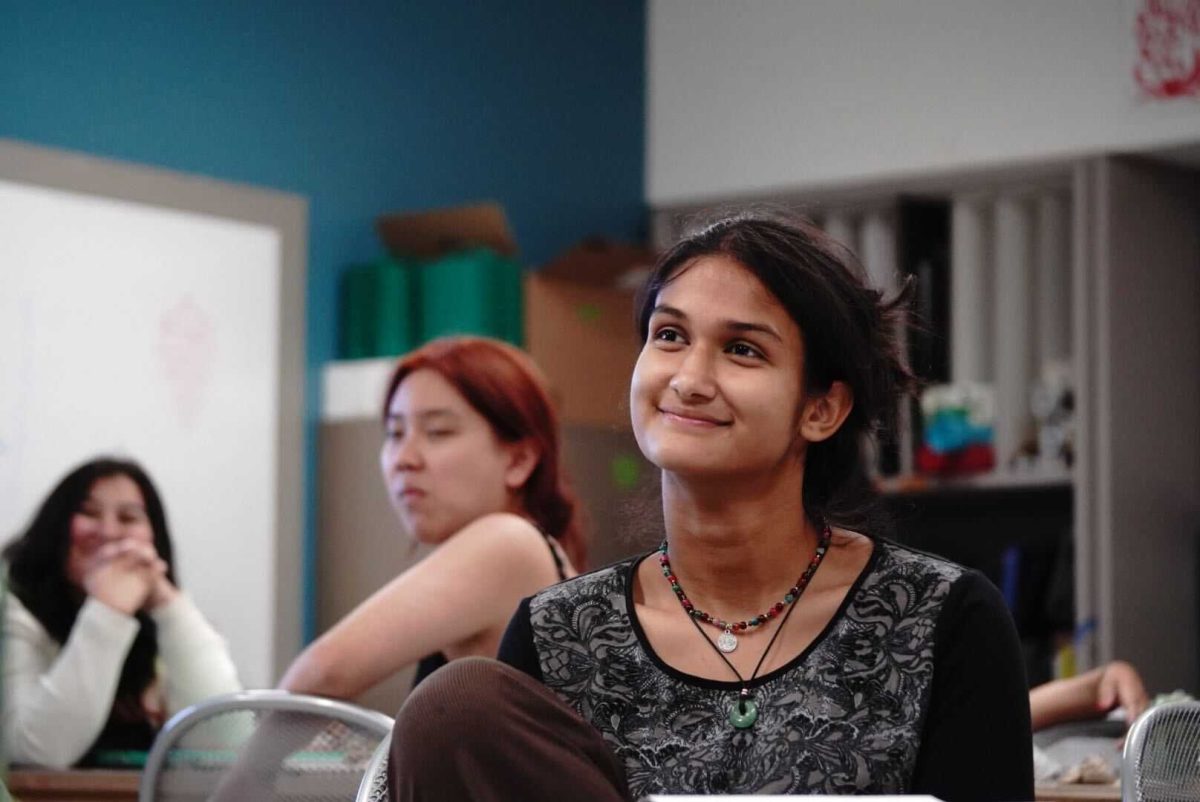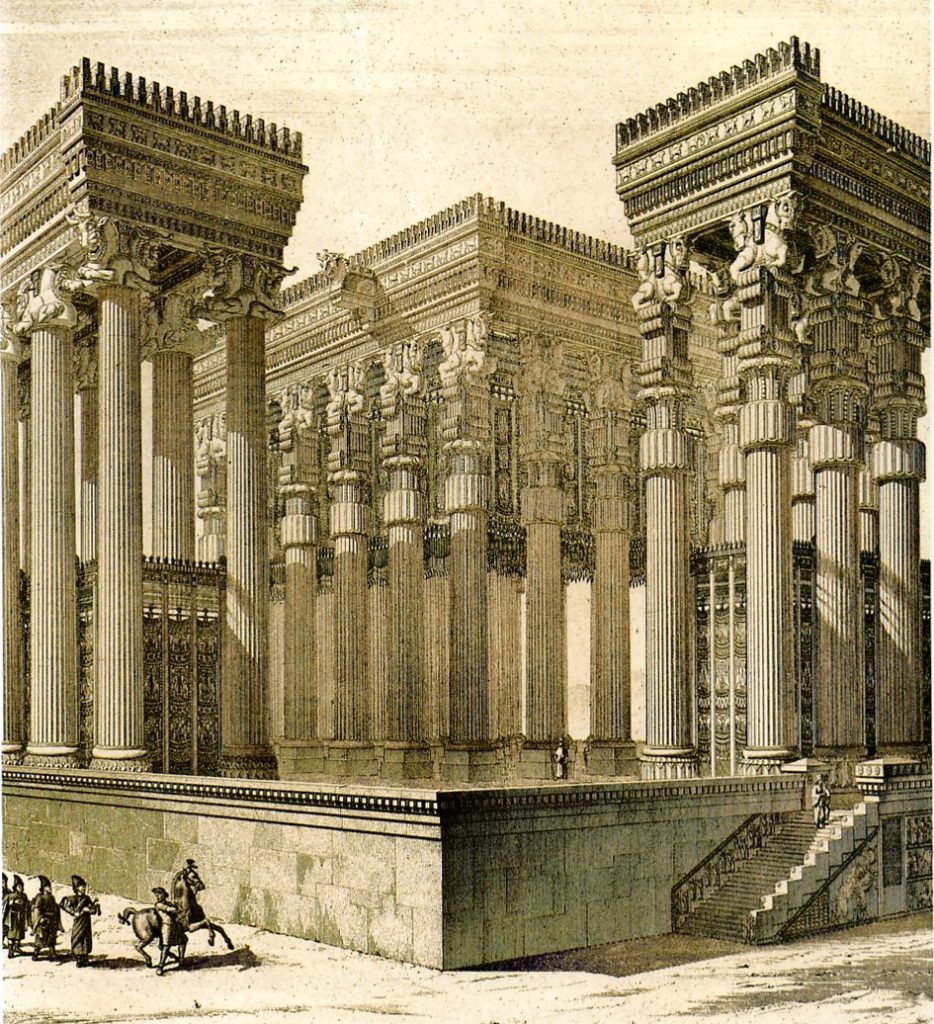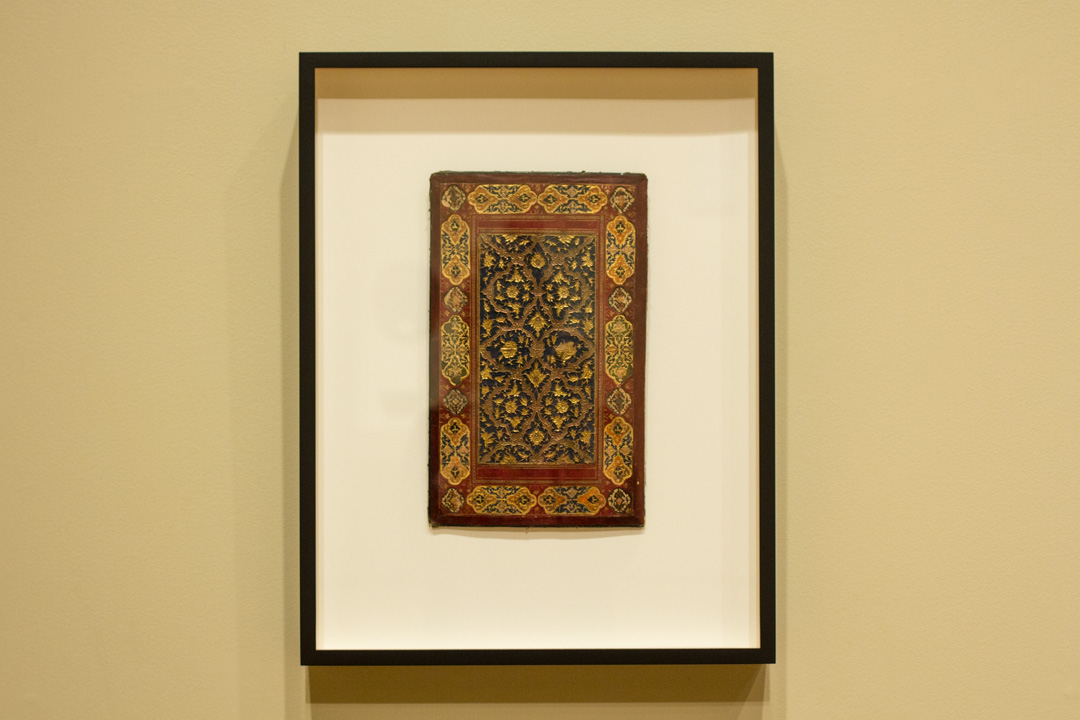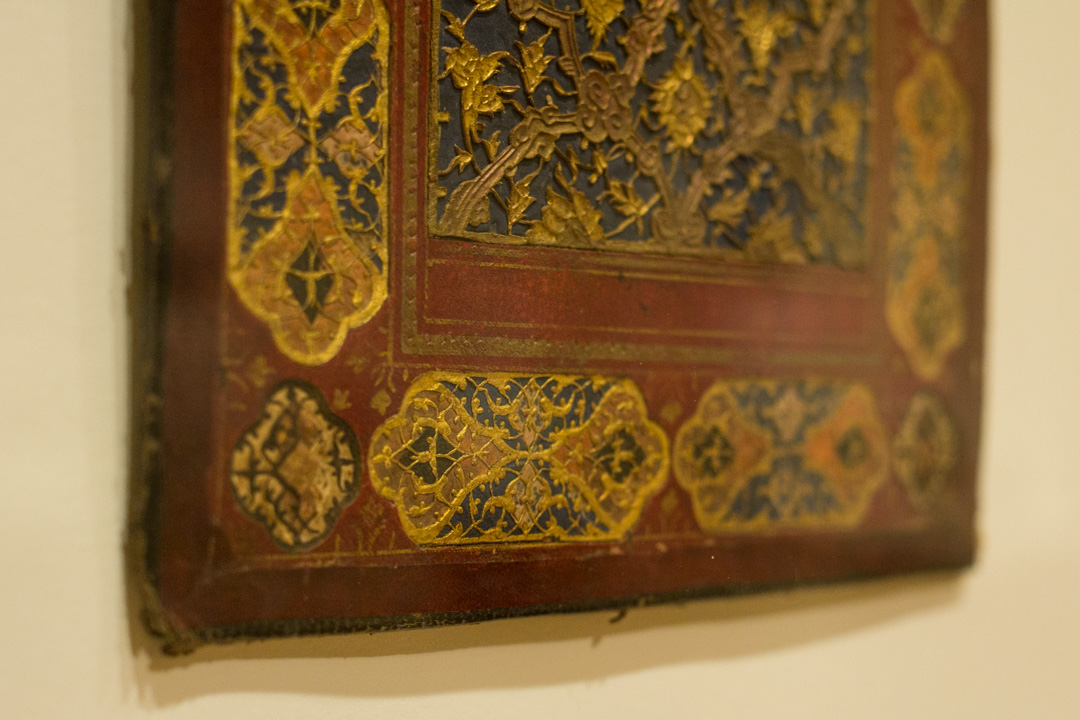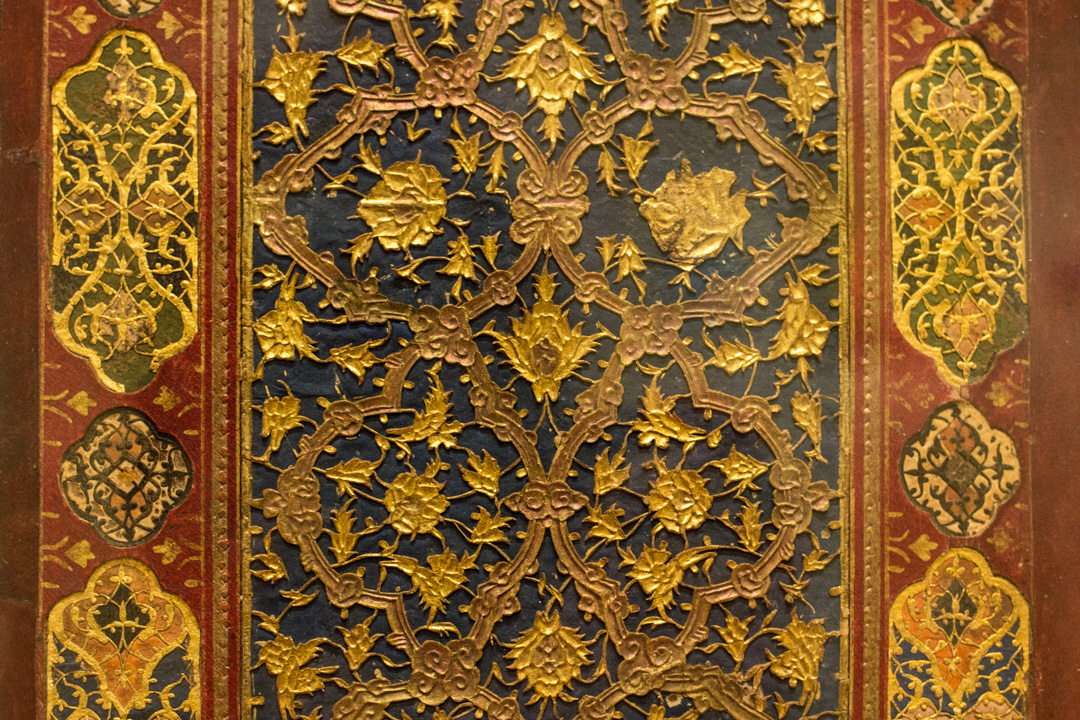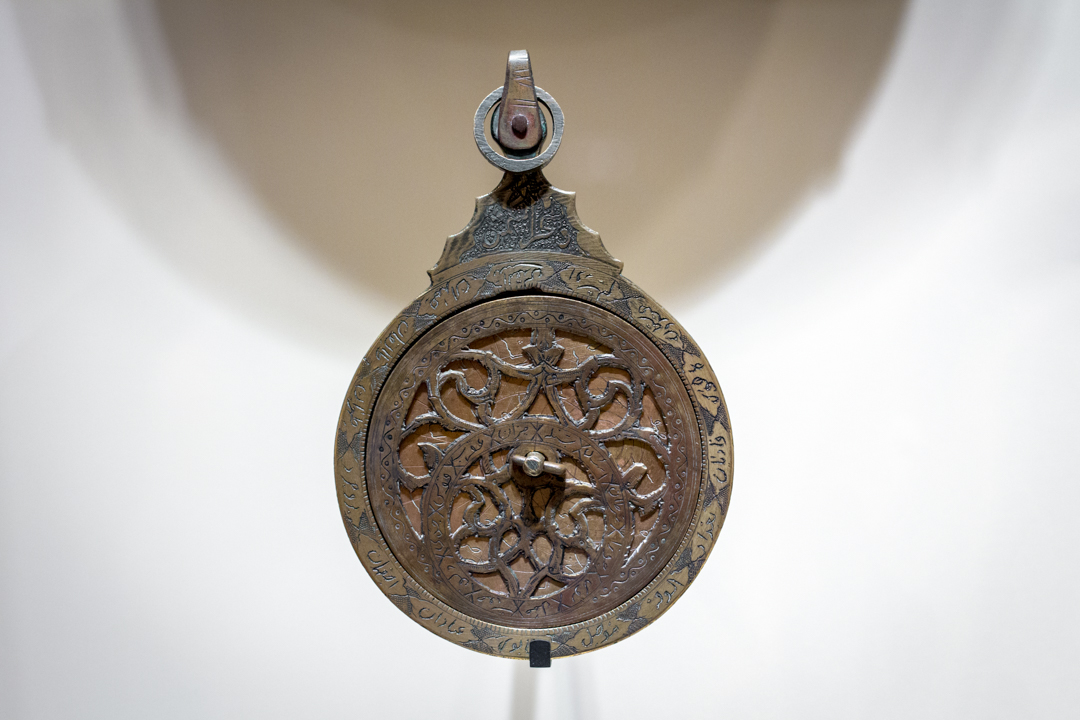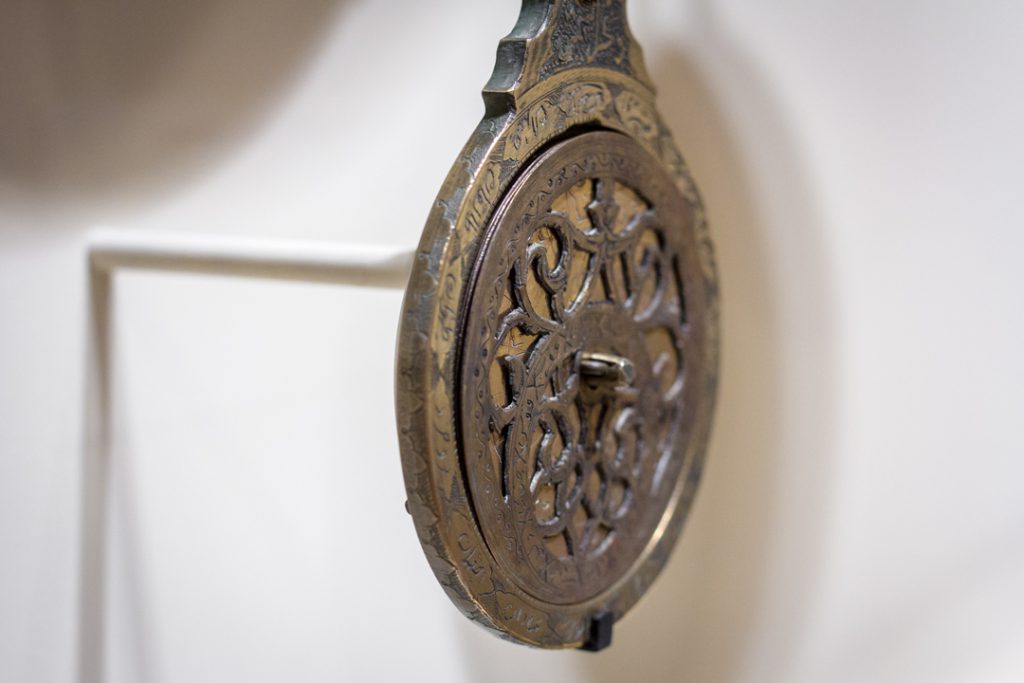TAG Talks: An Ancient Tour of Achaemenid Arts and Culture
SAM’s Teen Arts Group (TAG) is an intensive internship program for high school-aged youth who are eager to learn about themselves and the world through art, and are excited to make SAM a fun and engaging space for teens. TAG members meet weekly from October to May to learn about the behind-the-scenes work of an art museum, lead engaging gallery tours, plan Teen Night Out, and so much more. TAG Talks is an ongoing SAM Blog series on SAM Blog that serves as a space for SAM’s teen leaders to express themselves and their love of art. Keep up with all TAG adventures by following @samteens on Instagram and stay tuned for more TAG Talks to come!
I’m assuming you are confused as to what is happening. Where you are, how you will get back, why you are here, all these questions are dancing in your mind. It’s okay, all will make sense in due time. Here are the basics we should begin with. Yesterday, on your way home from work, you stumbled upon a rectangular, wooden box. The box had the symbol of a lion and a sun engraved on its wooden exterior. Naturally curious, you opened the box and saw spinning gears. The gears seemed to get faster as you continually observed them. That can’t be right; there was nothing powering the box. Yet it was. The gears kept accelerating until they vanished completely and the box was left empty. Confused, you placed your hand inside. This was the turning point.
Sucked into a cloud of debris, your senses blurred, losing contact with the physical realm. The sensation of disconnect lasted for five or so minutes. Covered in dust, you tumbled to the foot of an elderly woman dressed in robes draped in sweeping folds. Are you beginning to remember now?

I am the woman you met. I welcome you to the sixth century BC Achaemenid Empire. You are one of the first to make it here successfully. I know you may be scared; the Greeks painted our history to be uncivilized compared to their own. Under Cyrus the Great however, our reign has promoted religious tolerance and human rights regardless of nationality. We also contributed to innovations in commerce and trading networks, as well as funding for public works to improve the lives of our people. But that’s all textbook information I doubt you care for. Your purpose here is to travel and explore, that’s it. You’ll be home before you realize, so make the most of your stay.
Our empire is in the lands you now call Egypt, Eastern Europe, and east of Asia to the Balkans. It will go on to be considered one of the largest empires of the ancient world. Even as a resident, I can’t help but marvel at the sheer magnificence of what we have. While you’re visiting, I recommend you see Persepolis, the ceremonial capital of our empire. Thank goodness you are arriving in the springtime. Due to the remoteness of the region, travel is often difficult here during the rainy Persian winters. The mountainous terrain, however, allows the city to remain a secret from the outside world, protecting our art, artifacts, archives, and royal treasury.
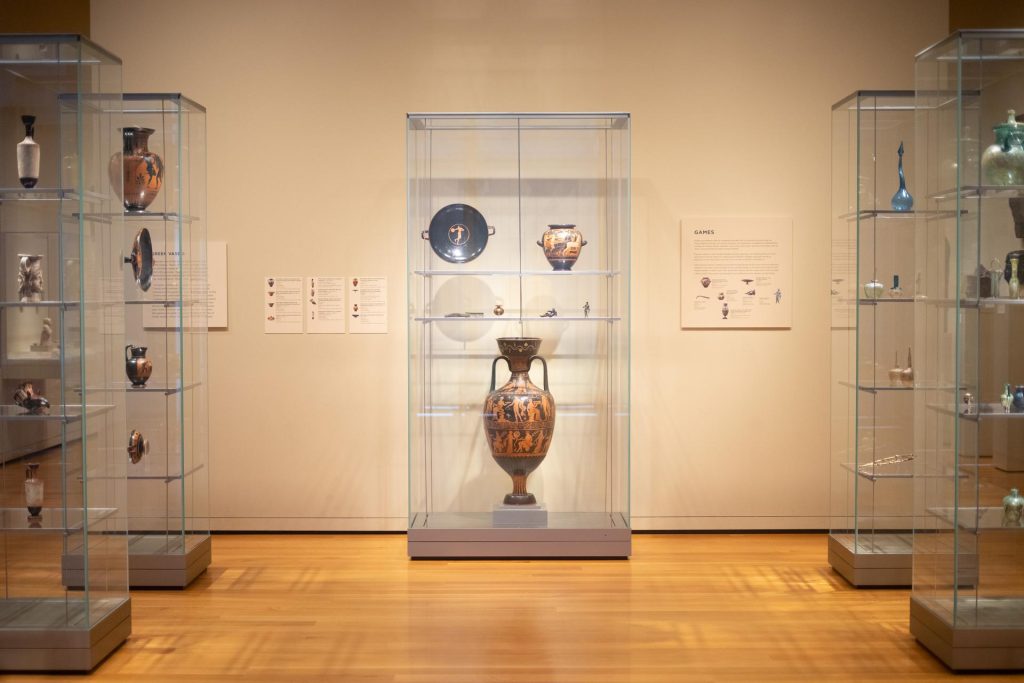
Here you’ll also find residential quarters, a treasury, and ceremonial palaces. One palace you can’t miss is the Apādana Receiving Hall. Built by Darius I, the roof of the structure is supported by 72 columns each standing at 24 meters, with the whole palace having the footprint of 1,000 square meters. The column capitals are either twin headed bulls, eagles, or lions to represent authority and kingship. The monumental stairways on the North and East sides depict 23 subject nations bearing gifts to the King. If you tell the King I sent you, he will take you as a guest. Don’t forget to bring some form of tribute though. A cypress tree will do.
One final thing – you will need money and proper clothing. I will give you some gold coins known as daric. Use these at the market and buy yourself some long robes. As the palace welcomes you, you shall be greeted with lavish feasts, drinks, and games. Do wander into the sensuous gardens and hunt if you so please. Alright, now I believe my job here is done. I recommend you embrace the chaos and uncertainty this land will reveal. I’ll send you the box once when you’re ready to go. I wish you the best on your journey.
– Smriti Tiwari (she/her), 16, Second-Year Teen Arts Group Leader
Photos: Chloe Collyer.
